“One of the biggest lies about the Islamic Republic is the brain drain.”
So said Sorena Sattari, Rouhani’s Vice President for Scientific and Technological Affairs and a member of Iran’s Supreme Council of the Cultural Revolution, on Tuesday, April 28 [Persian link]. He did not provide any evidence to support the claim that brain drain was a “lie”, and promised only that he would later produce a report from Iran’s Migration Observatory that would provide accurate statistics.
“Around one percent of Iranian university students are studying abroad and, compared to the figures for other countries, this is not a significant number,” he said.
Is Iran’s brain drain a lie? What do the numbers and the statistics say? In this report, IranWire tries to answer these questions.
Who Are the “Elite” and What is a “Brain Drain”?
Before examining statistics about the migration of the elite, we must establish what is meant by the “elite” and by the term “brain drain”. Who falls within this group, and at what point does their emigration from Iran turn into a brain drain?
For the purposes of this report, we quote the definition of the former offered by Iran’s National Elites Foundation. Article 4 of the Foundation’s charter defines the term as follows: “An elite is an outstanding and efficient person whose contribution to the country’s science, arts and technology is tangible and whose intelligence, creativity and ingenuity in advancing science and in innovation accelerates a scientific and balanced growth of the country. Achieving the status of an elite is based on the statutes proposed by the Board of Trustees and approved by the Supreme Council of the Cultural Revolution” [Persian link].
The statutes approved by the Supreme Council of the Cultural Revolution, define the elites as follows [Persian link]:
1. Winners of reputable domestic and foreign scientific contests and Olympiads;
2. Winners of the nationwide university entrance exams: the top 100 in mathematics, the top 50 in applied and human sciences, and the top 20 in arts;
3. Inventors and discoverers, winners of reputable domestic and foreign scientific festivals and those whose inventions have been patented;
4. Top graduates of universities and seminaries;
5. Winners of competitions in the Koranic sciences;
6. Outstanding scientific, economic, social and cultural personalities such as researchers, authors, translators, essayists, preachers and poets with distinguished works;
7. Creators of innovative and worthy literary and artistic works;
8. Members of the faculties of universities and research and technology institutes;
9. Teachers and researchers of seminary science.
Based on this list, the “brain drain” applies to the emigration of any individuals who belong to the above nine categories. The Cambridge Dictionary defines a “brain drain” as: “the situation in which large numbers of educated and very skilled people leave their own country to live and work in another one where pay and conditions are better.” The fact that there are Iranian students who study at foreign universities does not by itself qualify as evidence of a brain drain. We need to compare the numbers with those who are studying at domestic higher education institutions.
Is There a Brain Drain From the Islamic Republic?
To answer this question we must first answer another one: what percentage of Iranians that fall into the nine categories listed above have migrated from Iran and have selected another country to live in?
There are no definitive statists that show what percentage of Iranian elites have left in the past few years, but we can get an idea of the situation by appraising partial statistics from various different sources.
Immigration of 60 percent of Winners of Mathematics Contests
“More than 60 percent of gold medalists in mathematics Olympiads in the past 24 years have left the country to continue their education and close to 40 percent of them have returned,” said Mohammad Ali Dehghan, the president of Iran’s Mathematical Society, on September 12, 2018 [Persian link].
“Iran’s mathematics elite mostly work at the world’s first-rate universities but they constitute fewer than 10 percent of all mathematics graduates. The rest work as contractors with private companies and universities and have no job security. Close to 100 Iranian mathematicians who live in European and American countries are among the most outstanding mathematicians in the world and each one of them are influential in their own field, like Ms. [Maryam] Mirzakhani and Dr. Derakhshan.”
Emigration of 80 Percent of Top Graduates of Sharif University of Technology
Graduates of many of Iranian universities leave Iran on receiving their graduate and sometimes post-graduate degrees, but they are not all “elites” as defined by the National Elites Foundation. Graduates of Sharif University of Technology, however, are among those to whom the term nearly always applies. According to its president, in 2019 more than 97 percent of the top participants in the nationwide university entrance exams chose this university to continue their studies [Persian link].
In 2017, the Student News Network reported that more than 80 percent of graduates of this university leave Iran. “From the top 10 of those who were accepted to Sharif University in 2009, only one is still in Iran,” the report stated by way of an example [Persian link].
Reza Rusta, former president of Sharif University of Technology, says that 68 percent of high school students who win accolades while studying leave Iran to study abroad. Part of the rest who are accepted by top Iranian universities leave the country after finishing their post-graduate studies.
How Iran Ranks
A December 2019 report published by Iran’s Migration Observatory examined the number of Iranian students in foreign countries and ranked Iran in comparison with other countries [Persian PDF]. According to this report, in the previous seven years more than 50 thousand students had left the country each year. During this period, Iran ranked between 12th and 20th of the countries that sent the highest number of students abroad every year.
Immigration of Cultural, Artistic and Literary Elites
Over the course of these years a large number of cultural, artistic and literary elite have left Iran as well. Many journalists, movie actors, writers, singers, musicians, composers and literary figures have migrated and most of them live in the US, Europe, Canada, Australia and, to a lesser degree, Malaysia.
No accurate statistics about the quantifiable movement of these elites are available. But with some basic research, it is possible to produce a long list of names – including Bahram Beyzaei, the acclaimed filmmaker, playwright, theatre director and screenwriter, movie director Mohsen Makhmalbaf, writer and journalist Shahriar Mandanipour, writer Shahr Noush Parsapour, singer and composer Mohammad Reza Shajarian, literary scholar Abdolkarim Soroush, political sociologist Hossein Bashiriyeh, and so on – that suggests the brain drain from Iran is much more serious than officials of the Islamic Republic might wish to concede. Another compelling piece of evidence for is the flourishing of Persian-language media outside Iran. Dozens of well-known Iranian journalists who have left their country over the past two decades.
Immigration of Religious Minorities
A glance at the population of religious minorities in Iran between 1979 and 2018 shows that these minorities have lost shed more than three quarters of their population in the past 40 years. The majority have been forced to leave Iran. Again, precise figures do not exist, but can be little doubt that some of the elite were among them.
The chart below gives an approximate indication of the number of Zoroastrians, Jews and Christians who chose to migrate. It has not been possible to estimate how many Baha’is have left Iran.
In 1979 Iran had a population of approximately 34 million, which had reached around 80 million by 2018. Naturally, one would expect that the population of religious minorities would increase at the same rate. But instead, their number has fallen sharply.
According to a 2016 report by the Organization for Economic Co-operation and Development (OECD), Iran ranks 32nd among its member states in terms of the number of migrants who have left their countries of origin:
Iran’s ranking in the OECD’s table might appear comparatively rosy when it comes to brain drain. But a significant proportion of these Iranian emigrants will have been part of the elite, because the Iranian passport and the Iranian currency are essentially worthless overseas, rendering emigration impossible for most ordinary Iranians. Only those who possess an expertise of one kind or another, or have access to a lot of money, can hope to be readily accepted as immigrants in other countries. Emigration is a challenging prospect for Iranians but many do emigrate and will continue to do so — or try to.
Conclusion
Contrary to the claim by Sorena Sattari that “one of the biggest lies about the Islamic Republic is the brain drain,” IranWire’s studies so far indicate that it is not only not a lie but a fact to which Islamic Republic officials, and state-sponsored outlets, have already repeatedly confessed. The evidence cited above is just some of the wealth of material already publicly available on this issue.
Despite the low value of its passport and its currency, Iran ranks 32nd among the countries that “send out” some of its best and brightest and has consistently ranked among the top 20 countries in the world for the number of students who choose to leave.
IranWire therefore consider's Vice-President Sorena Sattari's claim a “Pinocchio's lie”: a statement that has already been established or proven to be untrue based on existing research and evidence.
You can find out more about our fact-checking methodology here.
Read other articles in the series:
Fact Check: Army Commander Lies About Iran's Speed Boats
Fact Check: Can Iran Make Airplanes from Scratch?
Fact Check: How Big of a Lie is the Guards' Coronavirus Detector?
visit the accountability section
In this section of Iran Wire, you can contact the officials and launch your campaign for various problems





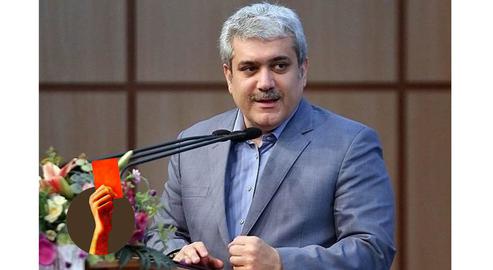



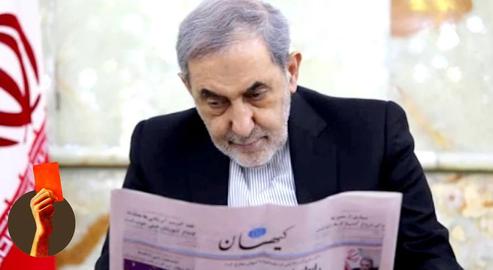

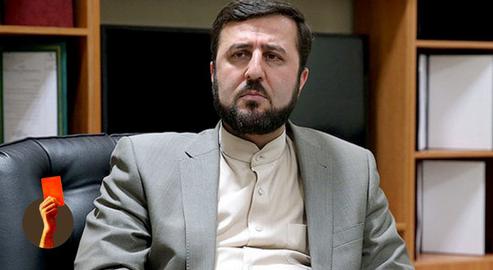
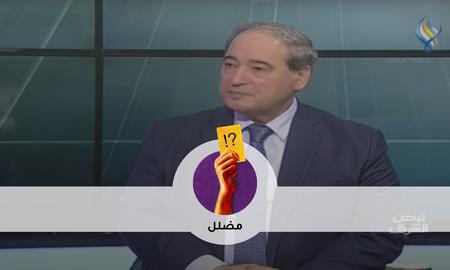
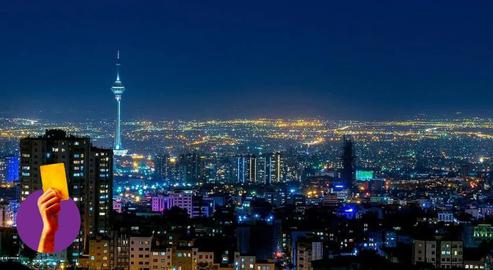
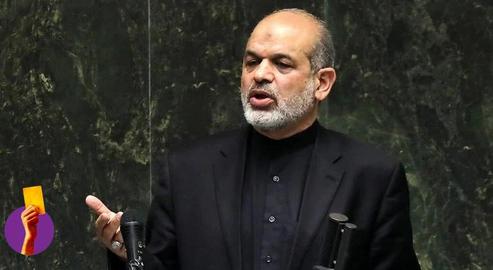
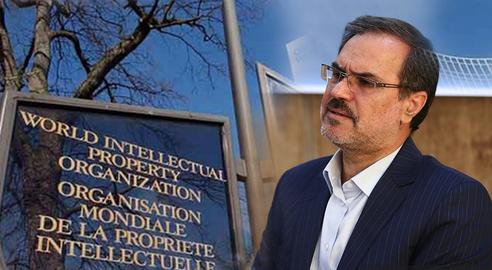

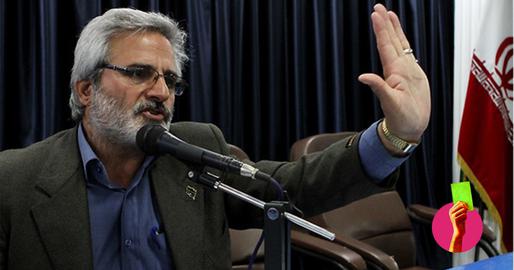
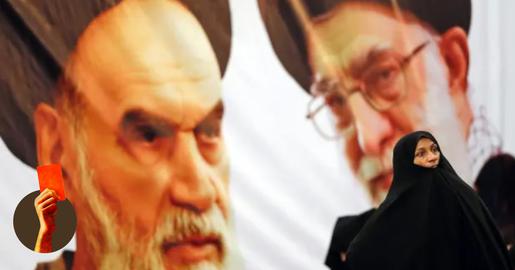
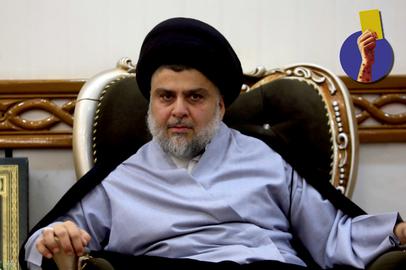
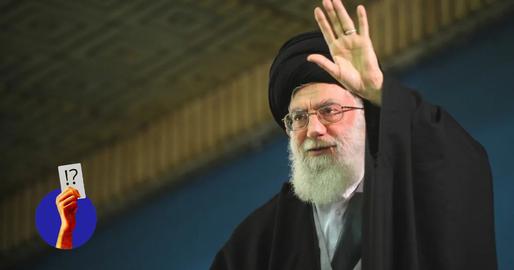

comments